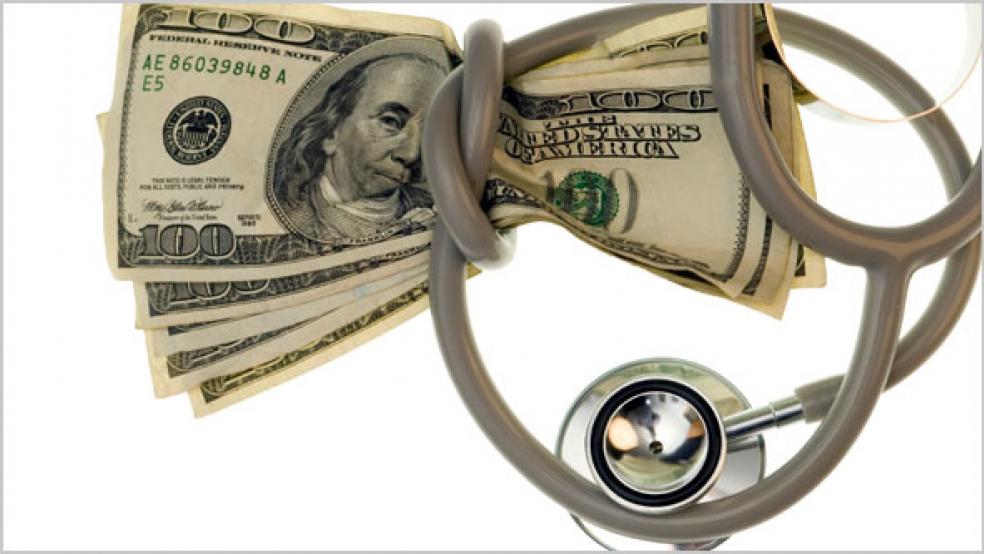It’s no secret that health care expenses can be staggering — and potentially catastrophic — for older Americans, but a new National Bureau of Economic Research working paper shows just how high those costs can be.
The authors estimate that retired people in households headed by someone aged 70 or older will, over the rest of their lives, incur an average of $122,000 in medical expenses not covered by Medicare. Five percent of households will incur more than $300,000 in medical expenses, and 1 percent will incur more than $600,000. The authors also note that the lifetime totals don’t decrease much for older households. They find that a household with someone 90 years old will still spend an average of over $113,000 before they die.
The estimates, based on data from the Health and Retirement Survey and the Medicare Current Beneficiary Survey, include costs paid out of pocket or by Medicaid. “We find that Medicaid lowers average lifetime expenditures by 20 percent. It covers the majority of the medical costs of the poorest households and significantly reduces their risk,” author John Bailey Jones of the Federal Reserve Bank of Richmond and his colleagues write.
They also point out that their estimates are significantly lower than those from a similar paper published in 2010, which found that 70-year-old couples with high school degrees and no chronic diseases will spend an average of $300,000 on medical costs over their remaining lives. One reason for the difference, they suggest, is that medical spending has grown more slowly in recent years, so that projections made based on earlier trends were likely too high.





